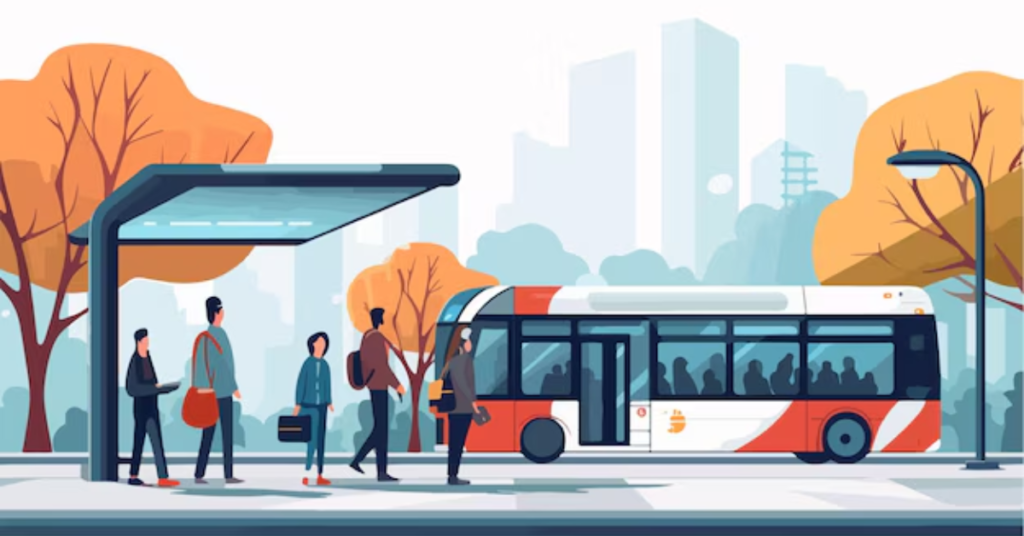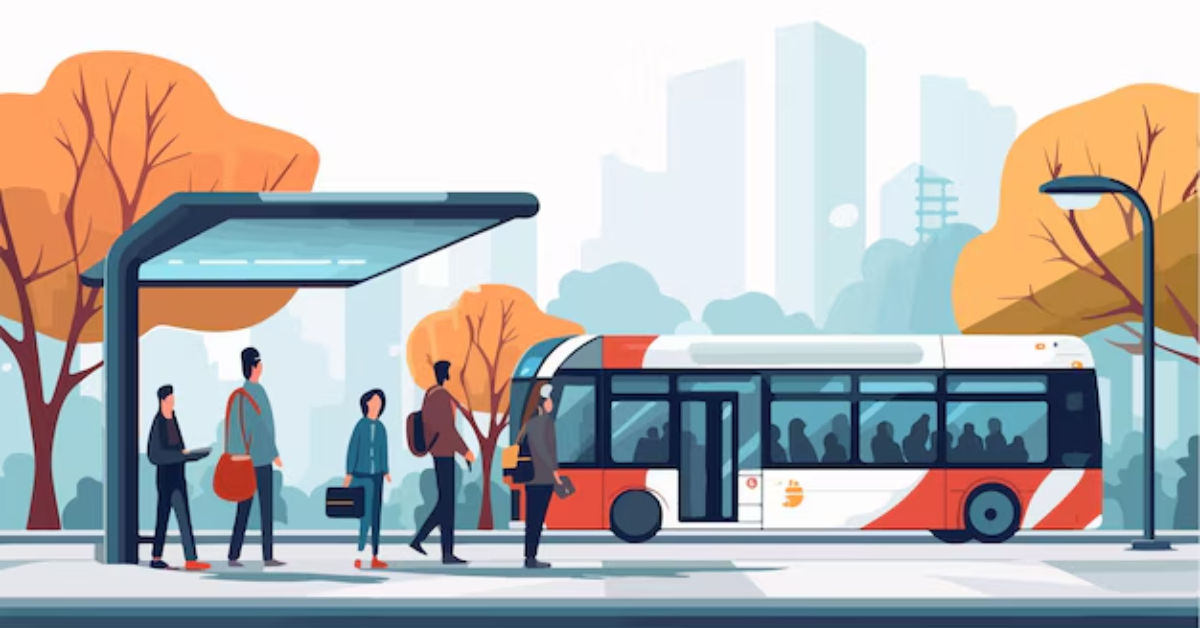As universities expand and diversify, the need for efficient and effective campus transportation systems becomes increasingly vital. With growing student populations, a wide array of commuting needs, and an emphasis on sustainable practices, universities face the challenge of providing transportation solutions that cater to students, faculty, and staff alike. This article explores the various modes of transportation available on university campuses, the benefits and challenges associated with them, and innovative strategies to improve mobility and sustainability.

Understanding the Importance of Campus Transportation
Campus transportation encompasses all the systems and services that facilitate movement within a university setting. This includes everything from walking and biking to shuttle services and public transportation. A well-designed transportation system is crucial for ensuring accessibility to campus resources, promoting student engagement, and reducing reliance on personal vehicles. Moreover, effective transportation solutions support broader environmental goals by encouraging sustainable commuting practices.
1. The Significance of Campus Transportation in University Life
Transportation plays a crucial role in the everyday lives of students and faculty. Reliable and accessible transportation options influence student attendance, participation in academic and extracurricular activities, and overall satisfaction with the university experience. Additionally, a commitment to sustainable transportation can help universities minimize their environmental impact while promoting eco-friendly habits among their communities.
2. Common Modes of Transportation on University Campuses
Universities typically provide a variety of transportation options to meet the diverse needs of their student bodies. Here are some of the most common modes of transportation found on campuses:
Walking and Biking
Walking is often the most basic and accessible mode of transportation on university campuses. Many universities are designed to encourage pedestrian traffic, featuring ample sidewalks and pathways that connect various facilities. Biking is also promoted, with universities offering bike racks, repair stations, and rental programs to facilitate cycling as a viable commuting option.
Shuttle Services
Campus shuttle services play a vital role in transportation by connecting different areas of the university and providing access to off-campus locations, such as student housing and shopping districts. These services help reduce the need for personal vehicles and alleviate traffic congestion on campus.
Public Transportation
Many universities are strategically located near public transit systems, offering students and faculty easy access to off-campus resources. Collaborations with local transit authorities can enhance service routes and provide discounted fares, making public transportation a practical option for commuting.
Carpooling and Ridesharing
Carpooling initiatives encourage students and faculty to share rides, which can significantly reduce the number of vehicles on campus and help ease parking challenges. Many universities develop platforms to facilitate carpooling, while ridesharing services like Uber and Lyft provide flexible transportation solutions for those in need.
Electric Scooters and Bikes
The rise of electric scooters and bikes has introduced a new dimension to campus transportation. Many universities partner with e-scooter companies to provide convenient and environmentally friendly commuting options. These vehicles can be rented easily via mobile apps, making them a popular choice for students navigating larger campuses.
3. Benefits of a Well-Functioning Campus Transportation System
An effective campus transportation system offers numerous advantages:
Increased Accessibility
Diverse transportation options cater to the needs of all students, including those with disabilities. By promoting inclusivity, universities ensure that all students can access campus resources and participate in activities.
Enhanced Time Management
Reliable transportation services enable students to transition smoothly between classes and other commitments, leading to better time management, reduced stress, and improved academic performance.
Environmental Sustainability
Sustainable transportation options, such as biking, walking, and public transit, contribute to lower greenhouse gas emissions. By encouraging eco-friendly commuting practices, universities can make significant strides toward their sustainability goals.
Cost Savings for Students
Utilizing campus transportation services can save students money compared to owning and maintaining personal vehicles. Reduced transportation costs help alleviate financial pressures, making college more affordable.
4. Challenges in Campus Transportation
Despite the many benefits, universities encounter several challenges in managing transportation systems:
Traffic Congestion
As enrollment increases, so does the demand for effective transportation solutions. Traffic congestion can become a significant issue, making it vital for universities to implement strategies to manage the flow of vehicles, bicycles, and pedestrians effectively.
Limited Parking Availability
Many campuses struggle with insufficient parking spaces, leading to frustration among students and staff. Universities must find a balance between providing adequate parking and promoting alternative transportation methods.
Safety Concerns
Ensuring the safety of all campus users is essential. Universities need to invest in safety measures, including well-lit walkways, clear signage, and traffic-calming strategies to protect pedestrians and cyclists.
5. Innovative Solutions for Campus Transportation
To tackle these challenges, many universities are exploring innovative strategies to enhance their transportation systems:
Smart Transportation Technologies
Implementing smart transportation systems can optimize campus traffic flow and improve user experience. Features such as real-time shuttle tracking, mobile ride-sharing apps, and advanced traffic management systems contribute to a more efficient transportation network.
Sustainability Initiatives
Universities are increasingly focusing on sustainability in their transportation planning. This may include the installation of electric vehicle charging stations, the expansion of bike-sharing programs, and the promotion of public transport use through incentives and discounts.
Community Partnerships
Building partnerships with local transit authorities and communities can expand transportation options for students and faculty. Effective collaboration can enhance public transit services and improve accessibility to off-campus resources.
6. Best Practices for Developing Effective Campus Transportation
To cultivate a successful campus transportation system, universities should consider the following best practices:
Conducting Regular Assessments
Regular assessments of transportation needs and usage patterns can help universities identify areas for improvement. Surveys and data analysis can provide valuable insights into the effectiveness of current transportation services and highlight opportunities for enhancement.
Engaging the Campus Community
Involving students, faculty, and staff in transportation planning ensures that the services meet user needs. Gathering feedback from the campus community can yield actionable insights into preferences and concerns.
Promoting Awareness and Education
Raising awareness about available transportation options is essential for encouraging their utilization. Universities should actively promote their transportation services through orientations, workshops, and digital campaigns.
Conclusion
In conclusion, effective university campus transportation is vital for creating an accessible and sustainable academic environment. By embracing innovative strategies and best practices, universities can enhance mobility for students and faculty while contributing to environmental sustainability. As campus landscapes evolve, prioritizing transportation planning will be essential in meeting the needs of future generations. Through collaboration, regular assessments, and community engagement, universities can create transportation systems that not only facilitate movement but also enrich the overall educational experience.
